I need some benchmarks on potential fees from either design professionals or people who have used a designer for a big remodeling project. I have to negotiate a fair fee with my designer for the services he has and will provide to complete my bathroom renovation.
Heres the backstory:
We hired our designer to complete a bathroom which already had floor plans and plumbing/electrical rough-in. We agreed that it would be a fixed fee contract with our stated budget being $20-25K for materials and labor. The designer said that we would know the fee as we clarified the design aesthetic for the space. As we started selecting materials, DH and I realized that we could save a SIGNIFICANT amount of money by doing research and purchasing materials on our own (with the advice of the designer on style/quality issues).
We talked this over with the designer, who agreed that we should go ahead and do this, though he did make a comment about needing to "true up" at the end of the project to make sure that he would be adequately compensated given this buying approach. I assume this means that if we had bought through him that he would have collected some sort of mark-up, though I thought that was not going to be the case. In any case, he did not amend our contract and the only cost estimates I received from him were the amount of a deposit, which covered both this project and another which we are doing on an hourly basis, and a figure of $3,300, which he provided as we were assembling an estimate of the total costs for the project (before we decided to change our buying model).
A couple of weeks ago he mentioned to me that we had "switched to hourly" for this project I did not interpret his earlier statement as having that meaning. I immediately asked for an accounting of where we were on that. He sent the accounting along with a number of caveats about how this isnt an invoice and he wants to help us finish the project and is willing to cap his fee. With the project still about a month from completion (and a lot of hours given that we still have to do all the installation), his hours TO DATE would calculate out to about $8,000 in fees. All of the caveats clearly mean that he realized that the itemization of hours would be totally shocking to us, which it is.
Putting aside the lack of professionalism and foresight evident in the fact that he didnt clarify things sooner, we are now in a position where we will need to negotiate. And to do that, I need some information to work with. Here are a bunch of questions the answers to these will help us think about how to manage the discussion. Your insight on any or all of them, as well as anything that I didnt ask that you think would help us figure out how to proceed, would be most helpful.
- Is there an approximate percentage of cost for space renovation that would provide a reasonable benchmark for how much we should pay?
- Should we ask him to apply different hourly rates to different kinds of services, which would allow us to pay him less for research - since we ultimately used little of the research on materials that he did for us - and on-site time - which requires time but not necessarily design expertise - and his regular fee for actual design advice? What should those fees be (his regular hourly is $150 keep in mind we are in Chicago)?
- Putting aside the percentage of our budget that we should pay for his services, how many hours is a reasonable expectation for this kind of soup-to-nuts project? How can we think about reimbursing him for his time in a way that is not completely destructive to our overall budget even if we cap him here, at $8000 the cost is double we had built in to pay him?
- How should we address the single estimate of $3300 that we got from him given the change in our purchasing method?
- What kinds of questions should we ask to find out what he would have earned if we had done the project in a more "standard" way? Is this a reasonable benchmark to use to determine how much he should be paid given how we did the project?
Thanks so much and sorry for the lengthy post!
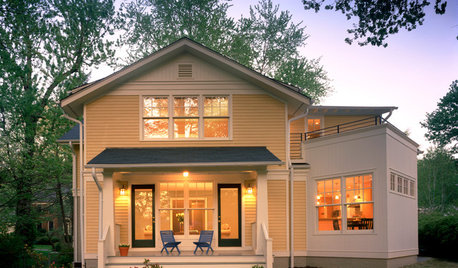

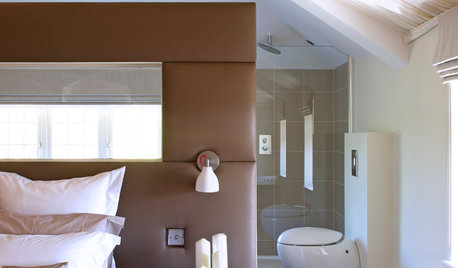

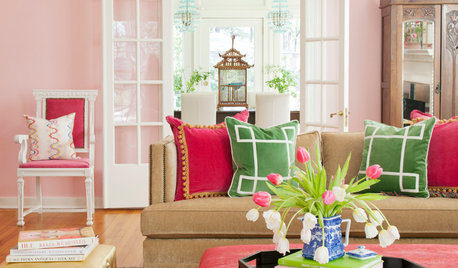
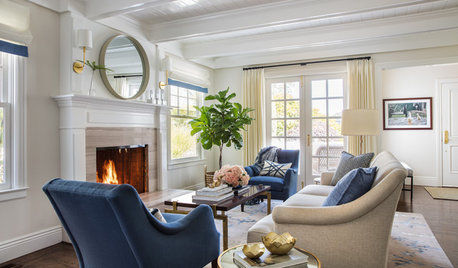
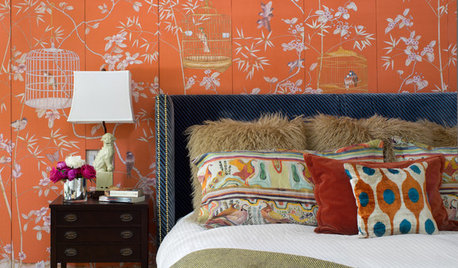
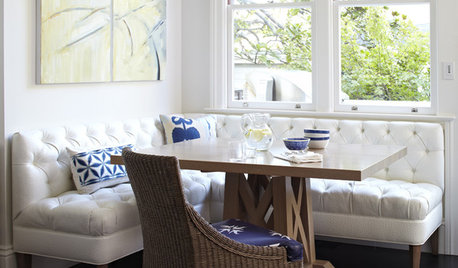
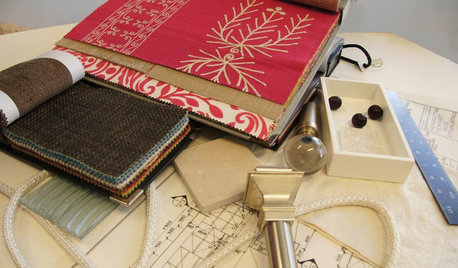
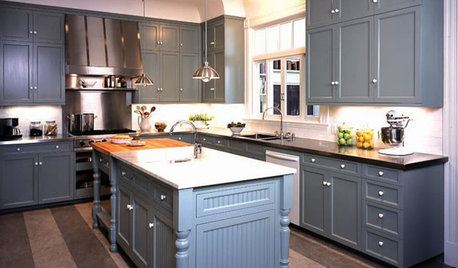




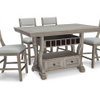

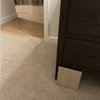
CaroleOH
mitchdesj
Related Discussions
Need advice on interior design fee issue longish post
Q
need advice on how to protect against GC cash issues
Q
Help, Please, with Great Room Design (Longish w/ pix)
Q
Paint issue - advice needed
Q
dilly_dally
palimpsest
ronbre
paint_chips
yogacat
jodidesignOriginal Author
tgd2008
palimpsest
jodidesignOriginal Author
palimpsest
tgd2008
jodidesignOriginal Author
tgd2008
jodidesignOriginal Author
live_wire_oak
jodidesignOriginal Author
tgd2008
pammyfay
jodidesignOriginal Author
tgd2008
mel_bc
palimpsest
jodidesignOriginal Author
bronwynsmom
jodidesignOriginal Author
palimpsest
jodidesignOriginal Author
palimpsest
parma42
bronwynsmom
live_wire_oak
tgd2008